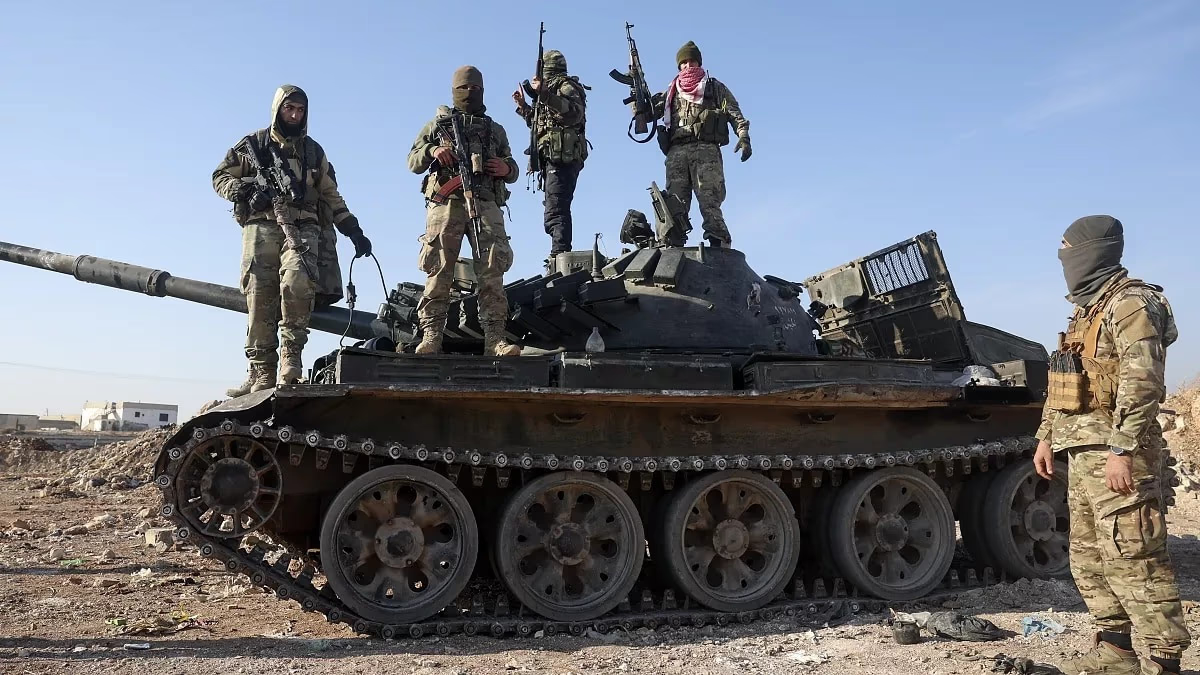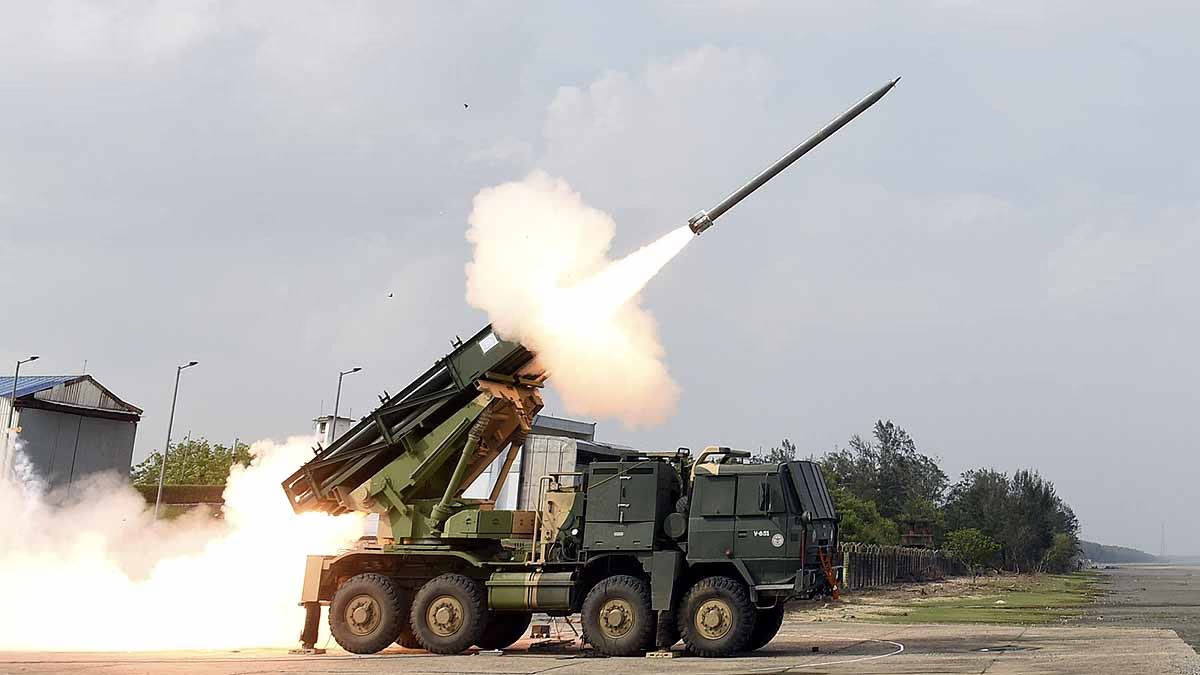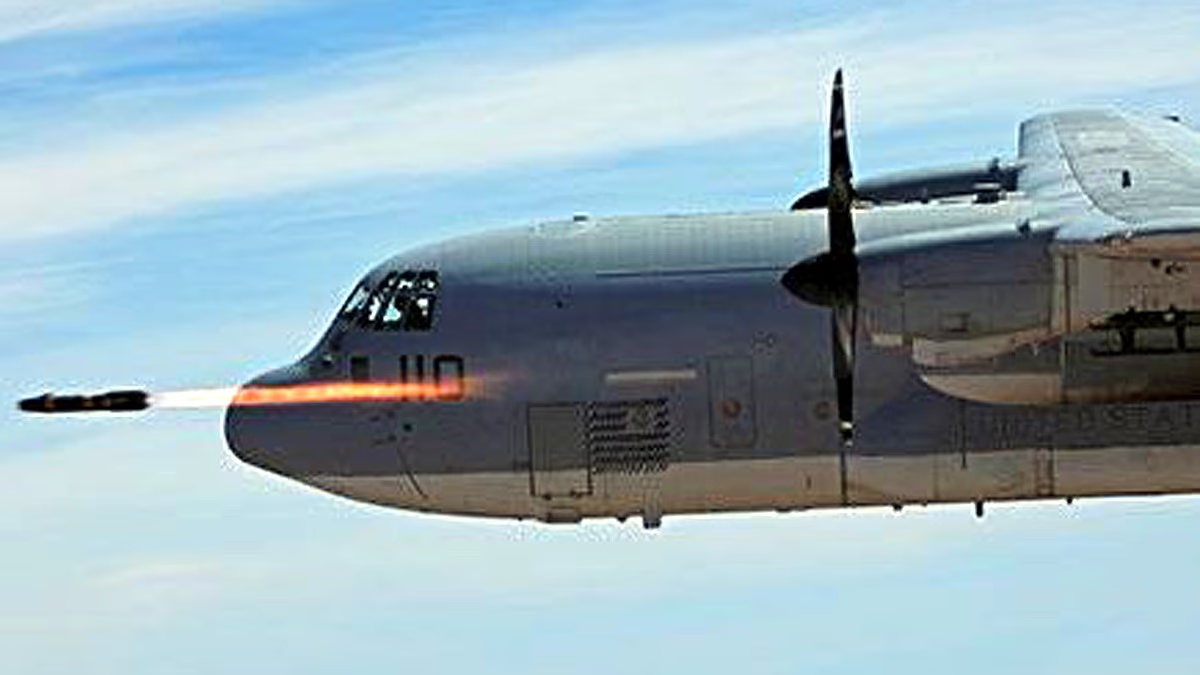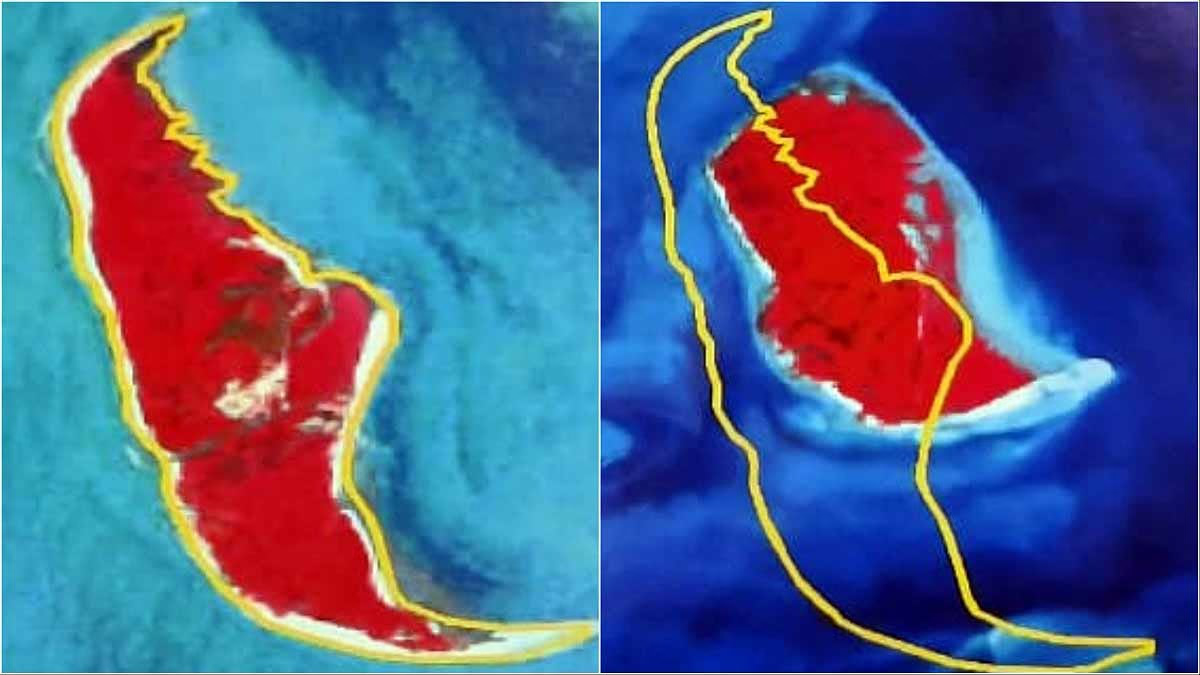Following the capture of four major cities, the rebels have now taken control of the capital, Damascus. Violence persists in several locations throughout Syria. The army has declared that the country is now free from Assad's rule. In the midst of this, reports have emerged of President Assad fleeing the capital, with officials suggesting he has relocated to an undisclosed location.
Chaos reigns in Damascus, as large crowds of people flock to the streets in the morning to gather essential supplies. Many stores have already run out of goods. Syria has endured over a decade of war, yet Damascus has not seen conditions like these. Both rebel groups and the government, along with multiple countries and organizations, bear responsibility for the ongoing strife.
Let’s take a closer look at the main players involved in Syria's protracted civil war:
The Syrian Government
The Syrian government, led by President Bashar al-Assad, has been central to the long and devastating civil war that began in 2011. With support from Iran, Russia, and Lebanon’s Hezbollah, the Assad government managed to reclaim most territories lost to rebel groups over several years.
Hayat Tahrir al-Sham
The formation of Hayat Tahrir al-Sham (HTAS) occurred at the onset of Syria's civil conflict, initiated by jihadists forming the al-Nusra Front to combat Assad-supporting forces with numerous rebel and suicide attacks. Initially linked to the Islamic State (IS) and later Al-Qaeda, this organization became fully active by mid-2016. The al-Nusra Front and other factions collectively established Hayat Tahrir al-Sham.
The United States
The Obama administration initially supported opposition groups involved in the uprising against the government, providing them with arms and training, albeit with limited impact. After the emergence of the Islamic State in 2014, the U.S. military engaged in airstrikes targeting the terrorist group while supporting Kurdish forces. In 2019, President Donald Trump withdrew several of these forces, but approximately 900 U.S. troops remain in Syria. It is notable that the Assad government maintained opposition to the Kurds.
Turkey
Turkey’s military conducted multiple operations inside Syria's borders, primarily against Syrian Kurdish-led forces. Turkey continues to maintain effective control over the northern border of Syria.
Russia
Throughout Syria's civil war, Russia has remained among Assad's most loyal foreign supporters. President Putin has deployed Russian troops to bolster Assad and provided jet planes for bombing adversaries. Russian troops still reside in Syria, along with air and naval bases.
Iran and Hezbollah
Syria is a crucial segment of Iran's "axis of resistance," a network comprising countries and groups including Hezbollah, Hamas, and Yemen's Houthis. These entities aim to dismantle Israeli influence and reduce American presence in the region.
Israel
Israel's military operations in Syria are primarily focused on airstrikes against Hezbollah and Iranian assets, particularly targeting senior military personnel, weapons production facilities, and transport corridors utilized by Iran to arm Hezbollah.
Kurdish Forces
Within Syria, Kurdish forces have persisted as the United States’ primary local allies in the fight against the Islamic State. Kurdish fighters continue to contend with their historical adversary, Turkey, which associates them with the Kurdish separatist rebellion.




